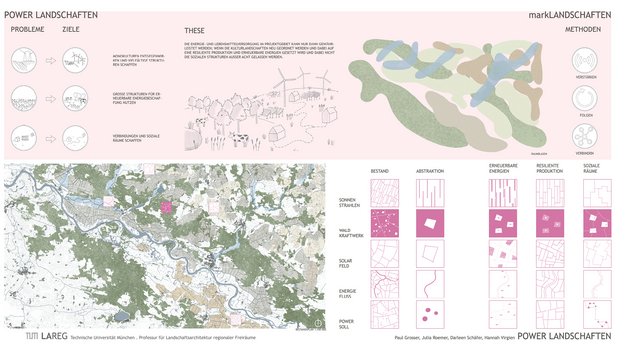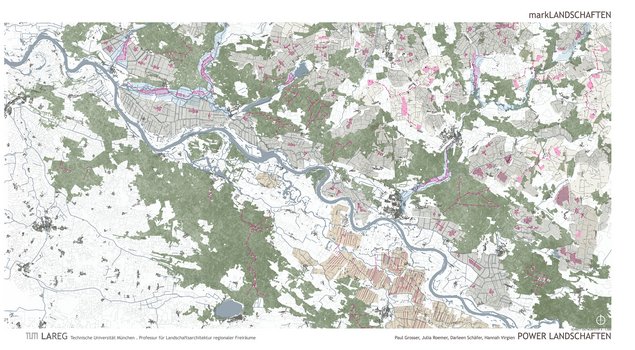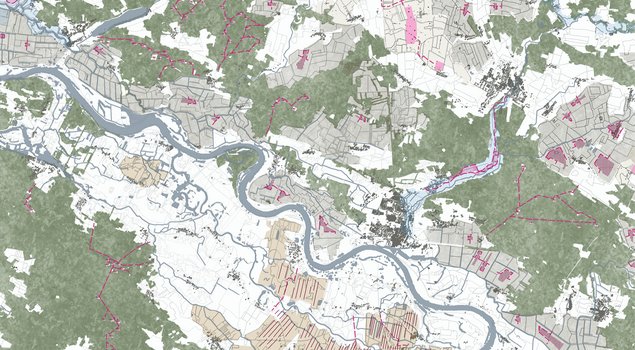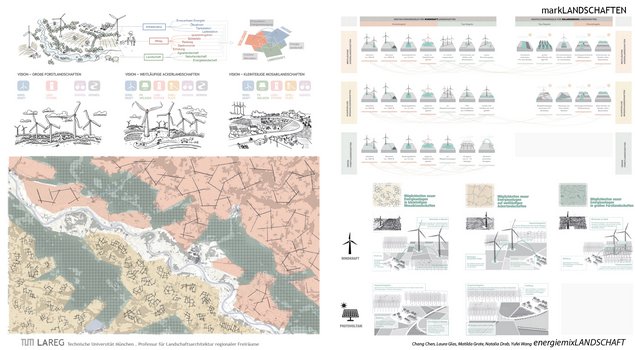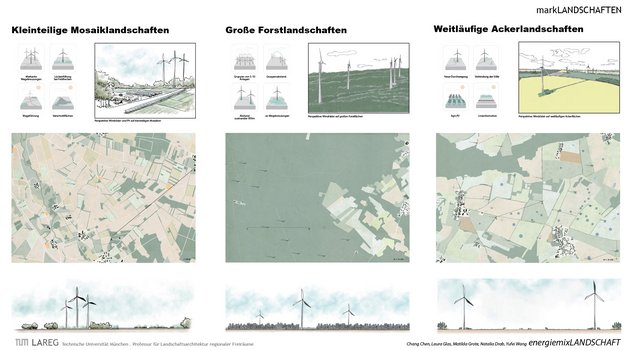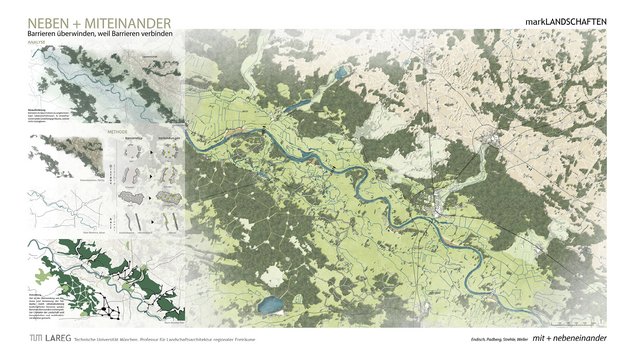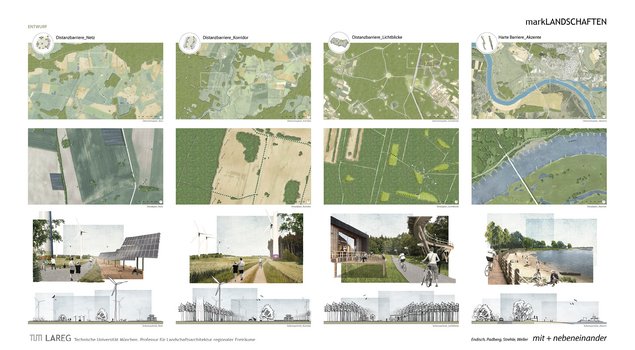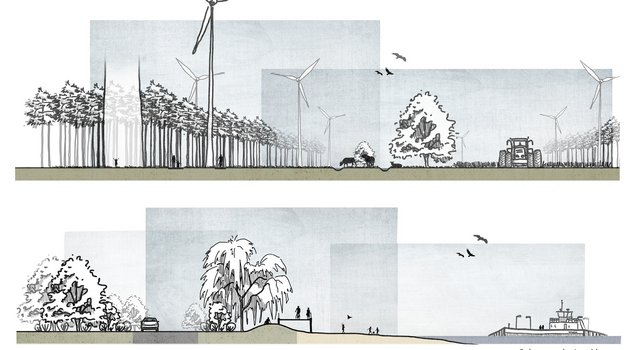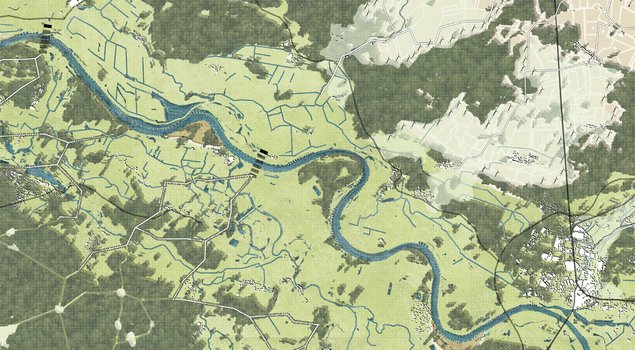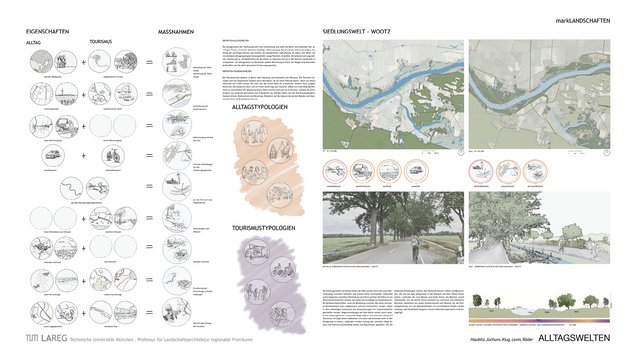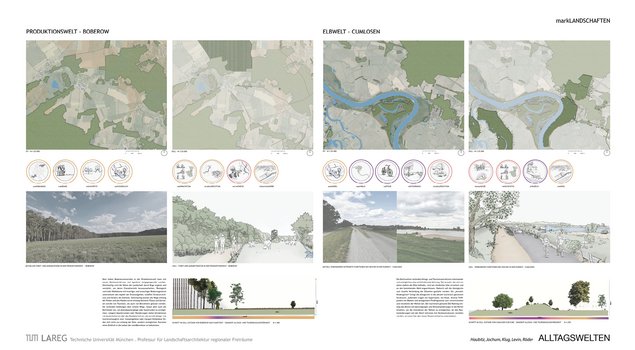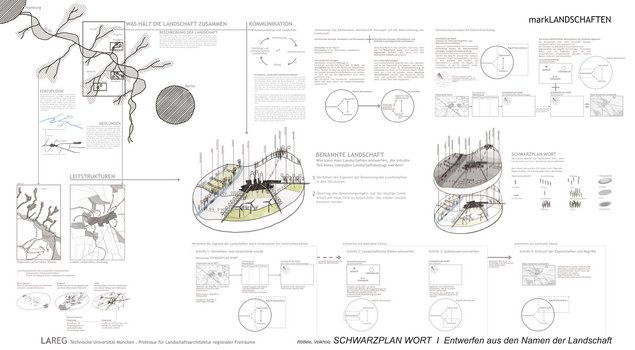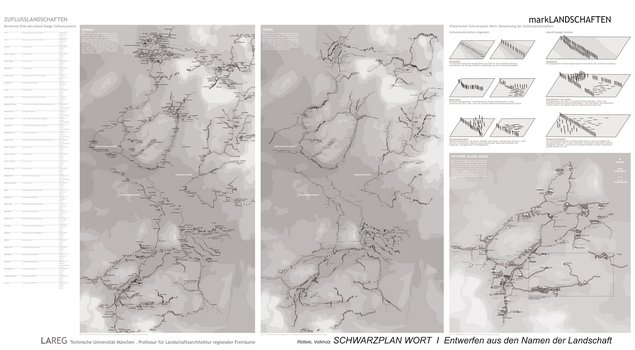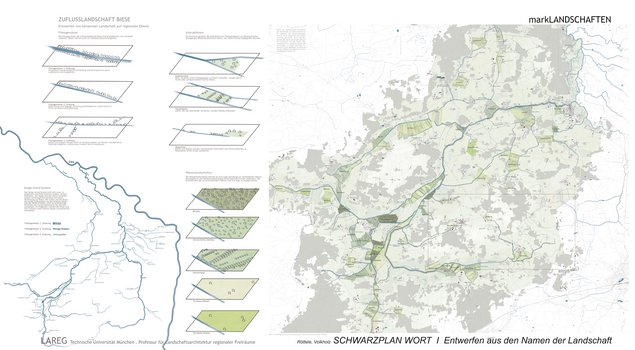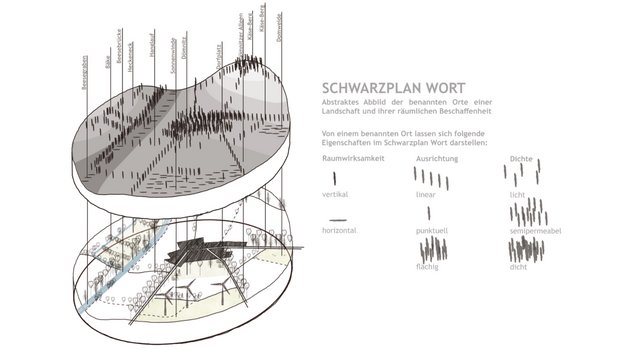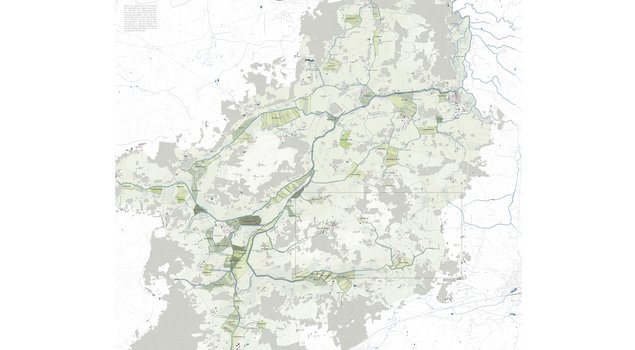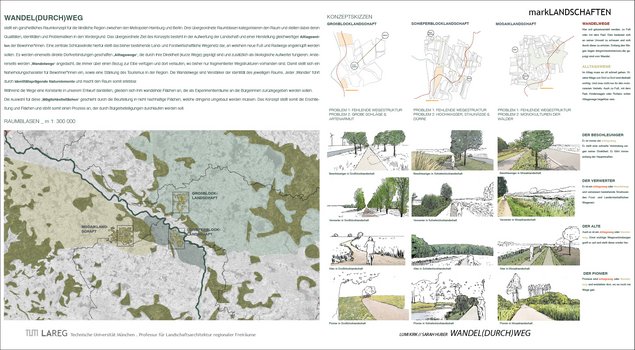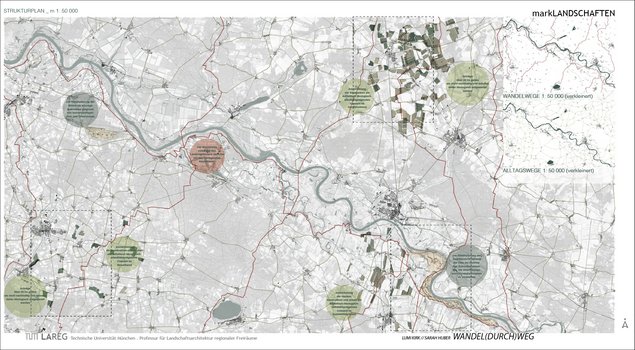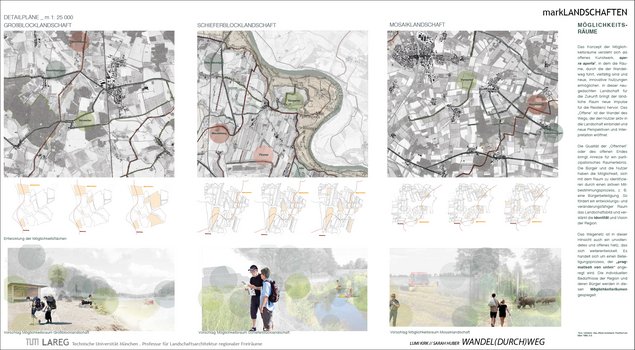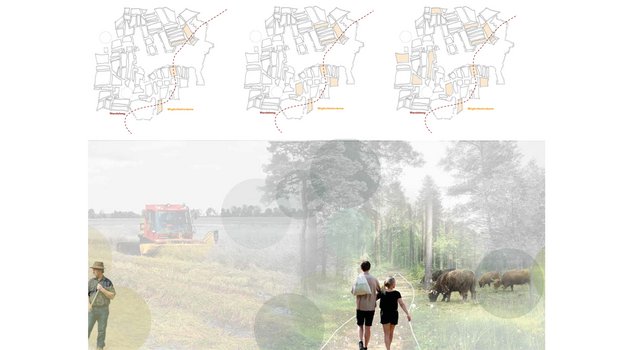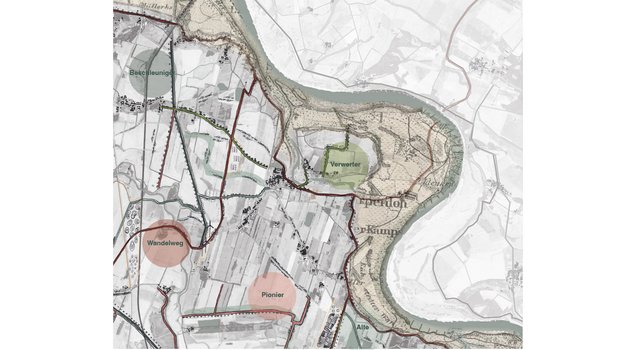Designbased analysis
In the designbased analysis of landscape structures, spatial characteristics, spatial coherences and spatial boundaries are described as landscape. The conceptual brainstorming in the research for new settlement structures relies on their potentials.
Design
In the phase of design, a regional landscape or a 'regional' topic is chosen for the landscape. Based on a spatial structure and shape, overarching designs are developed.
markLANDSCHAFTEN
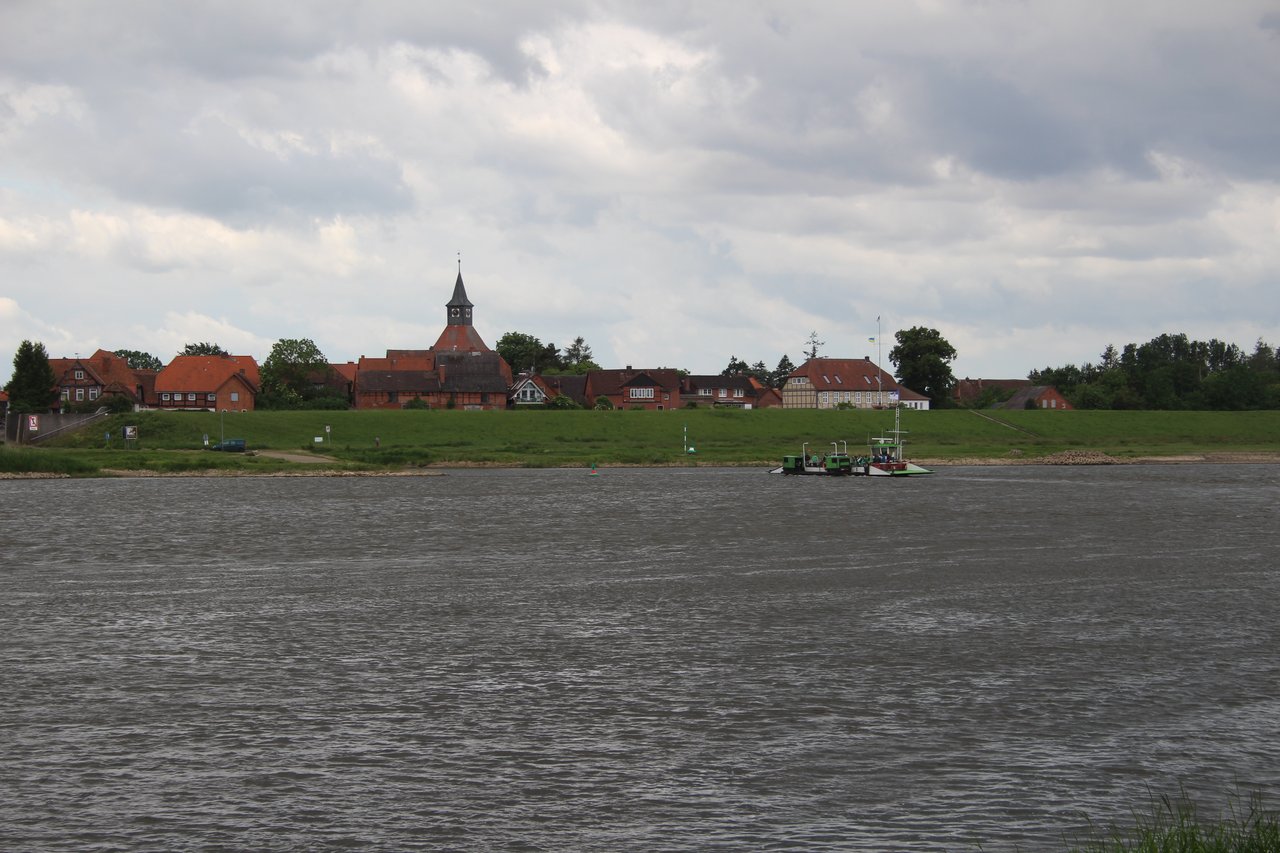
TOPIC.
For years, the dream of living in the countryside has been attracting people from the big city to remote landscapes as well. While the Wendland has been a stronghold for alternative lifestyles for city dwellers in the anti-nuclear movement since the 1970s, today's 'space pioneers' are also looking outside such established social bubbles for old village houses and farms to fulfil their dreams of living. Situated roughly midway between Hamburg and Berlin in the Prignitz region of western Brandenburg, formerly known as Vormark, and on the other side of the Elbe in the Altmark region.
In addition to social and demographic change, the industrialisation of agriculture, especially since the early-mid 20th century, has led to a landscape transformation of the area. Along the Elbe, the different farming methods of the GDR and the FRG have left different traces (agricultural and energy turnaround). Today, farmers not only have to deal with increased costs for technology and plant protection and rising land and lease prices, but also with climatic changes and the resulting crop failures, for example due to drought, soil and wind erosion, etc. The Elbe has become an important landmark in this process. The principle of 'differentiated land use' according to Wolfgang Haber offers the potential for a resilient development of cultural landscapes and agriculture that can deal with the above-mentioned problems.
How do both rural and urban migration change communities and life in the countryside? What demands do the old and new residents have on their environment? Which 'typical urban' phenomena are brought along from the cities (inherent logic of cities, cf. Löw)? And how can 'differentiated land use' as a principle not only be a development opportunity for cultural landscapes and long-established farmers, but also positively influence social and societal coexistence in the countryside?
In two groups we will look at these questions coming from two directions: one starts in Berlin, the other in Hamburg - and both move over several days from the big city along the Elbe to the Prignitz. Along the way, it is important to grasp the respective logic of the city, the 'in-between' and the country. How much Berlin, how much Hamburg is there in the markLANDSCHAFTEN? We will cover the distance on foot, by bike, by car, by train and on different routes. We are interested in how the change in land use (transformation: agricultural turnaround, energy turnaround) and rural social structures (rural exodus, urban exodus and second homes) can be brought together. A spatial sociological focus is on the theory of the inherent logics of cities - and landscapes (?).
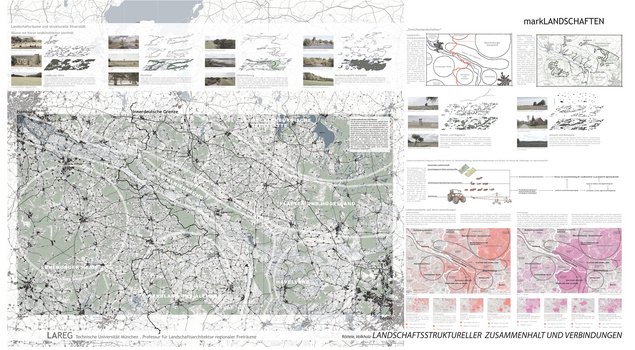
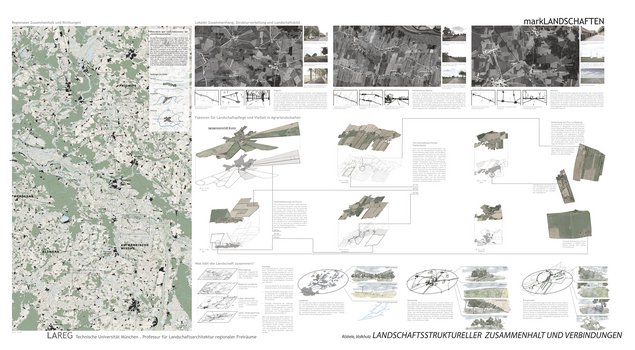
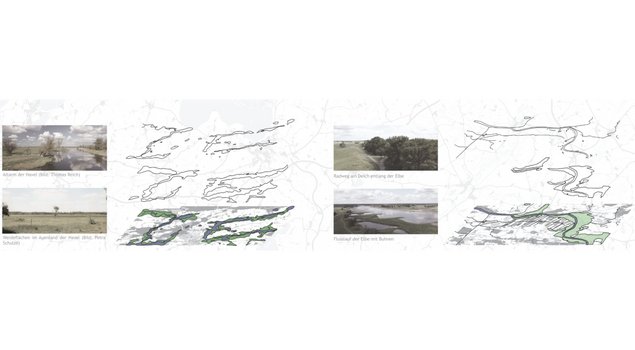
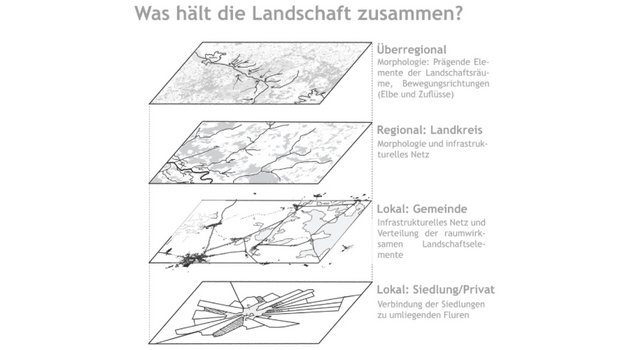
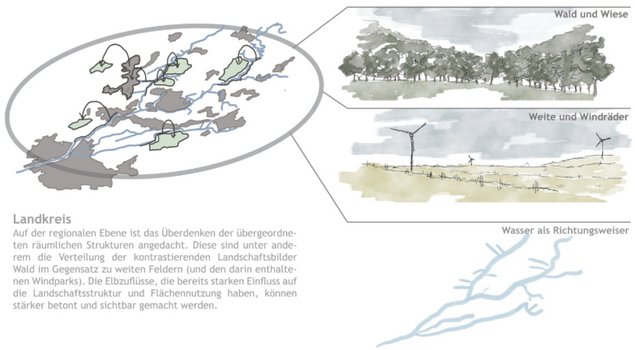
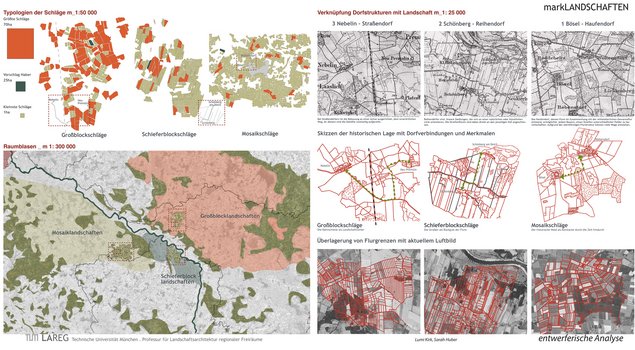
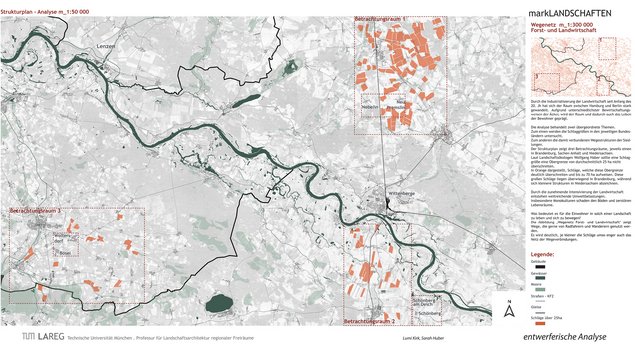
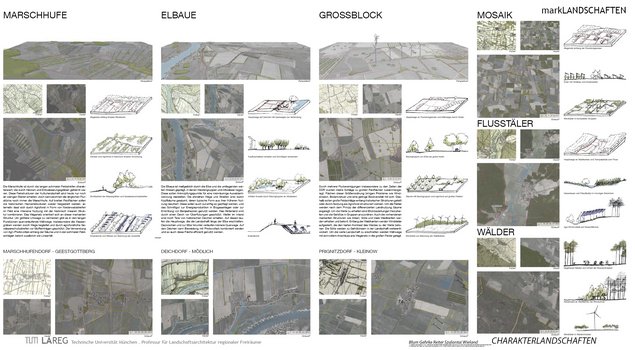
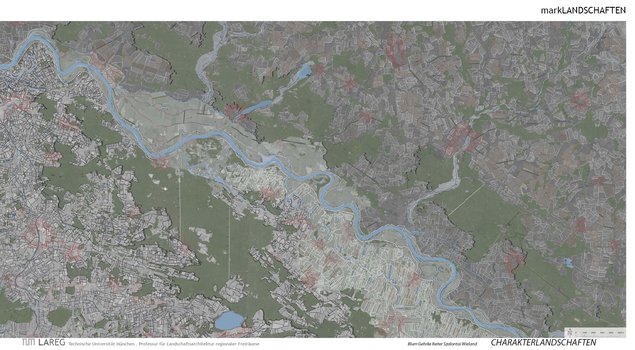
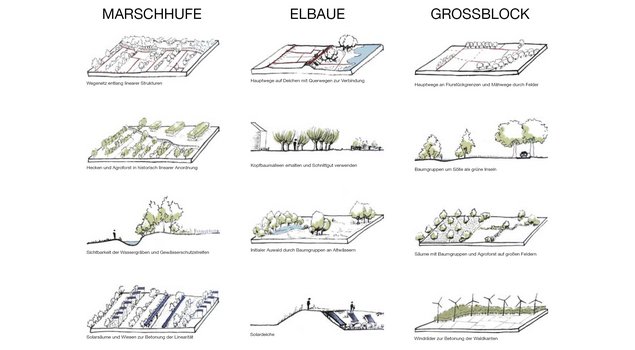
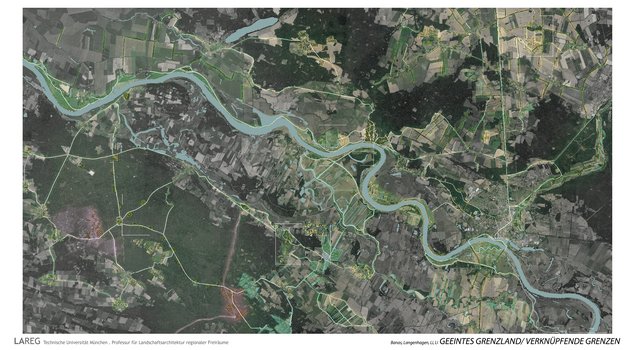
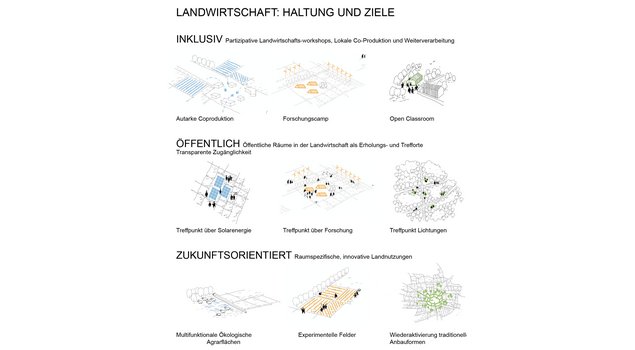
![Design [ʌnˈlɒk]LANDSCHAFT](/fileadmin/_processed_/c/4/csm_e-g07-1_a00af58234.jpg)
![Design [ʌnˈlɒk]LANDSCHAFT](/fileadmin/_processed_/c/5/csm_e-g07-2_db6bdd0a32.jpg)
![Design [ʌnˈlɒk]LANDSCHAFT](/fileadmin/_processed_/9/6/csm_e-g07-3_699f16bdb4.jpg)
